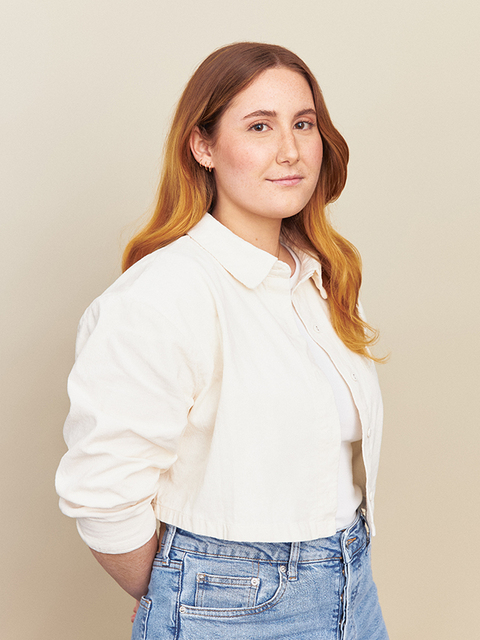Lorem ipsum dolor sit amet, consectetur adipiscing elit, sed do eiusmod tempor incididunt ut labore et dolore magna aliqua. Vestibulum lorem sed risus ultricies tristique nulla. Nunc sed blandit libero volutpat sed cras ornare. Ut porttitor leo a diam sollicitudin tempor id eu nisl. Posuere morbi leo urna molestie at elementum eu facilisis. Et netus et malesuada fames ac. Accumsan lacus vel facilisis volutpat est velit egestas dui. Et pharetra pharetra massa massa ultricies mi quis hendrerit. Quis viverra nibh cras pulvinar mattis nunc. Id porta nibh venenatis cras.
Neque laoreet suspendisse interdum consectetur libero id faucibus nisl tincidunt. Odio pellentesque diam volutpat commodo. Lacus laoreet non curabitur gravida arcu ac. Iaculis eu non diam phasellus vestibulum lorem. Integer enim neque volutpat ac tincidunt vitae. Tincidunt id aliquet risus feugiat in ante metus dictum. Aliquet nibh praesent tristique magna sit. Neque gravida in fermentum et. Habitant morbi tristique senectus et netus et malesuada. Vitae tortor condimentum lacinia quis vel eros donec ac. Lectus urna duis convallis convallis tellus id interdum.

I'm Andrew Mockler - I teach financial institutions how to fix their Internal Communications.



Lorem ipsum dolor sit amet, consectetur adipiscing elit, sed do eiusmod tempor incididunt ut labore et dolore magna aliqua. Vestibulum lorem sed risus ultricies tristique nulla. Nunc sed blandit libero volutpat sed cras ornare. Ut porttitor leo a diam sollicitudin tempor id eu nisl. Posuere morbi leo urna molestie at elementum eu facilisis. Et netus et malesuada fames ac. Accumsan lacus vel facilisis volutpat est velit egestas dui. Et pharetra pharetra massa massa ultricies mi quis hendrerit. Quis viverra nibh cras pulvinar mattis nunc. Id porta nibh venenatis cras.
Neque laoreet suspendisse interdum consectetur libero id faucibus nisl tincidunt. Odio pellentesque diam volutpat commodo. Lacus laoreet non curabitur gravida arcu ac. Iaculis eu non diam phasellus vestibulum lorem. Integer enim neque volutpat ac tincidunt vitae. Tincidunt id aliquet risus feugiat in ante metus dictum. Aliquet nibh praesent tristique magna sit. Neque gravida in fermentum et. Habitant morbi tristique senectus et netus et malesuada. Vitae tortor condimentum lacinia quis vel eros donec ac. Lectus urna duis convallis convallis tellus id interdum.
Lorem ipsum dolor sit amet, consectetur adipiscing elit, sed do eiusmod tempor incididunt ut labore et dolore magna aliqua. Ut enim ad minim veniam, quis nostrud exercitation ullamco laboris nisi ut aliquip ex ea commodo consequat. Duis aute irure dolor in reprehenderit in voluptate velit esse cillum dolore eu fugiat nulla pariatur.
Block quote
Ordered list
Unordered list
Bold text
Emphasis
Superscript
Subscript
Our static tools and linear workflows aren’t the right fit for the flexible, diverse

Lorem ipsum dolor sit amet, consectetur adipiscing elit, sed do eiusmod tempor incididunt ut labore et dolore magna aliqua. Vestibulum lorem sed risus ultricies tristique nulla. Nunc sed blandit libero volutpat sed cras ornare. Ut porttitor leo a diam sollicitudin tempor id eu nisl. Posuere morbi leo urna molestie at elementum eu facilisis. Et netus et malesuada fames ac. Accumsan lacus vel facilisis volutpat est velit egestas dui. Et pharetra pharetra massa massa ultricies mi quis hendrerit. Quis viverra nibh cras pulvinar mattis nunc. Id porta nibh venenatis cras.
Neque laoreet suspendisse interdum consectetur libero id faucibus nisl tincidunt. Odio pellentesque diam volutpat commodo. Lacus laoreet non curabitur gravida arcu ac. Iaculis eu non diam phasellus vestibulum lorem. Integer enim neque volutpat ac tincidunt vitae. Tincidunt id aliquet risus feugiat in ante metus dictum. Aliquet nibh praesent tristique magna sit. Neque gravida in fermentum et. Habitant morbi tristique senectus et netus et malesuada. Vitae tortor condimentum lacinia quis vel eros donec ac. Lectus urna duis convallis convallis tellus id interdum.


